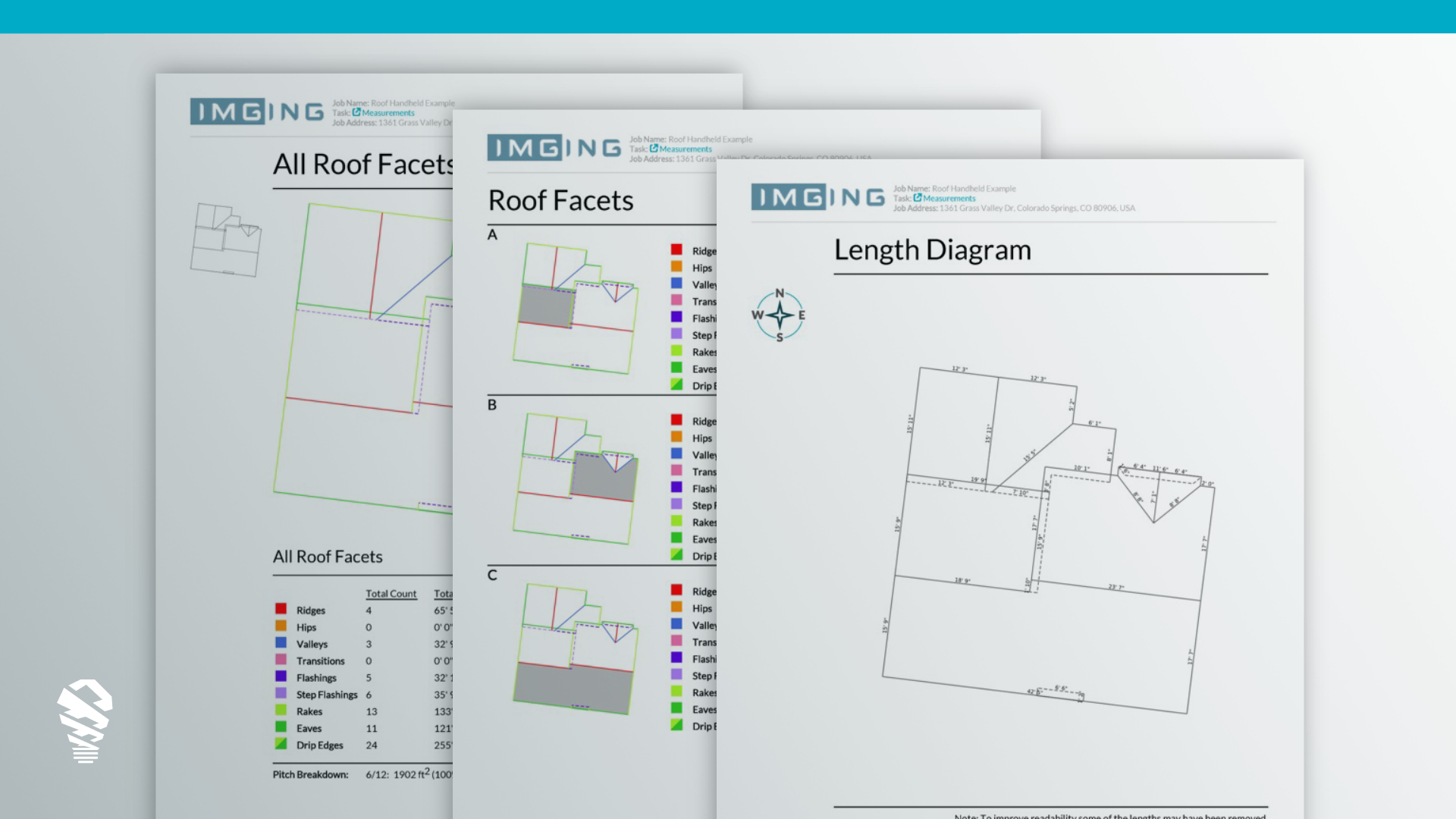In the face of escalating natural disasters, the insurance industry is at a crossroads. The choice? Stick with the status quo and struggle under the weight of outdated systems and processes or embrace AI and its myriad opportunities for transformation. For insurers who choose the latter, the future looks not just manageable but bright. AI offers a path forward where efficiency, accuracy, fraud prevention, and customer satisfaction are not just goals but realities, ensuring that the insurance industry can weather any storm.
Insurance companies are increasingly harnessing the power of cutting-edge technologies such as Artificial Intelligence (AI), Machine Learning (ML), and sophisticated data analytics. These tools are essential in reshaping strategies for risk assessment related to weather catastrophes, refining the claims management process, elevating fraud detection capabilities, and ensuring uninterrupted service to policyholders.
This technological evolution is making a significant mark, fundamentally altering the dynamics of the insurance sector and, most notably, the processing of claims. Jim Fowler, EVP and CTO at Nationwide explained,
“The changes I’ve seen in technology during my 30-plus-year career have been amazing, and the revolution Gen AI is driving today is the most significant I’ve experienced. Frankly, the world is going to be forever changed – and insurance is one of the industries likely facing the most disruption.”
Expedite Claims with AI
The cornerstone of AI’s impact lies in its ability to expedite claims processing. Traditionally, assessing claims has been a time-consuming process, manually completed with the outcome entirely dependent on the experience and training of the adjuster. Algorithms, however, can quickly sift through mountains of data to assess the validity and extent of damage with a speed and accuracy that were previously unattainable. This capability significantly shortens the time between claim submission and resolution, directly enhancing customer satisfaction by providing policyholders with swift financial relief when they need it most.
Research by Everest Group, in collaboration with EY, indicates a strong focus among property and casualty (P&C) insurers on prioritizing claims in their generative AI research, testing, and deployment strategies. Insurers could “dramatically” compress the claims lifecycle, EY has predicted.
Efficient and accurate claims handling is essential for customer satisfaction, directly influencing loyalty and an insurer’s competitive edge. The transition from traditional, manual processes to AI-enhanced systems can significantly reduce errors, delays, and administrative costs, transforming the customer experience and operational efficiency. Dig into the numbers, and you’ll find that a staggering 87% of customers hinge their loyalty on how smoothly their claims are handled, as highlighted in a study by EY. This is where AI and machine learning (ML) come into play, offering a futuristic solution.
Streamlining Tasks through Automation
AI’s prowess extends to automating mundane and repetitive tasks that have traditionally bogged down the claims process. By handling everything from data entry to managing communications, AI frees up human agents to focus on more complex and nuanced aspects of claims processing. This not only speeds up response times but also drastically reduces the potential for human error. Automated systems can manage updates and notifications, keeping policyholders informed about the status of their claims, thereby improving transparency and trust between insurers and their customers.
For example, a P&C insurance company averaging a 30% reinspection rate, recently had those rates reduced to almost zero after adopting IMGING Flight technology. Not only did it increase the safety of adjusters, since they no longer needed to climb a roof, but expedited detecting roof damage using deep learning AI.
Leveraging Data-driven Insights
One of AI’s most transformative powers is its ability to provide data-driven insights. By analyzing vast arrays of data, AI helps insurers make smarter, faster decisions. It can predict claim outcomes, identify bottlenecks in the claims process, and suggest optimized workflows for handling different types of claims. This ability allows insurers to allocate resources more effectively, ensuring that straightforward claims are processed swiftly while more complex cases receive the attention they require. The result is a more efficient allocation of resources, reduced operational costs, and an overall improvement in the quality of service provided to policyholders.
Predicting Risks with Precision
Risk prediction is another area where AI is making significant inroads. With its capacity to analyze extensive datasets, AI offers insurers unprecedented insights into potential risks. This not only includes the ability to assess and mitigate risks associated with natural disasters but also extends to underwrite policies more accurately and competitively. By improving the accuracy of risk prediction, insurers can tailor their coverage more effectively, ensuring that premiums are fair and reflective of the actual risk, thereby maintaining their ability to offer coverage even in regions prone to natural disasters.
Detecting Fraud with AI’s Keen Eye
Lastly, AI significantly enhances insurers’ ability to detect and prevent fraud. Over the next few years, the P&C Insurance industry will also need to adapt to protect our teams and customers from those looking to leverage Gen AI to do harm. Some companies are reporting already seeing people attempting to generate false images of accidents to file a fraudulent claim or trying to recreate someone’s voice to gain access to their accounts.
AI can identify anomalies that may indicate fraudulent activity. This capability allows insurers to initiate further investigation into suspicious claims promptly, preventing unwarranted payouts and minimizing financial losses. The integration of AI in fraud detection not only protects insurers’ bottom lines but also ensures that policyholders paying legitimate premiums are not unfairly burdened by the costs associated with fraudulent claims.
Conclusion
The opportunities for AI in the P&C insurance industry are vast and varied. From expediting claims and streamlining tasks to offering data-driven insights, predicting risks, and detecting fraud, AI is reshaping the insurance landscape. Companies like Loveland Innovations, with their IMGING Flight and AI damage detection technologies, exemplify how AI can automate and streamline the inspection task workflow, transforming claims processing into a model of efficiency, accuracy, and customer satisfaction. As the industry continues to grapple with the challenges posed by an increasing frequency of natural disasters, AI stands out as the future in ensuring resilience, efficiency, and trust.









